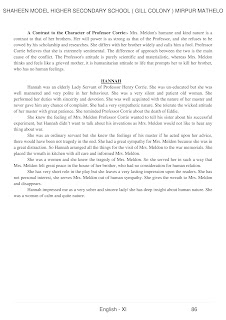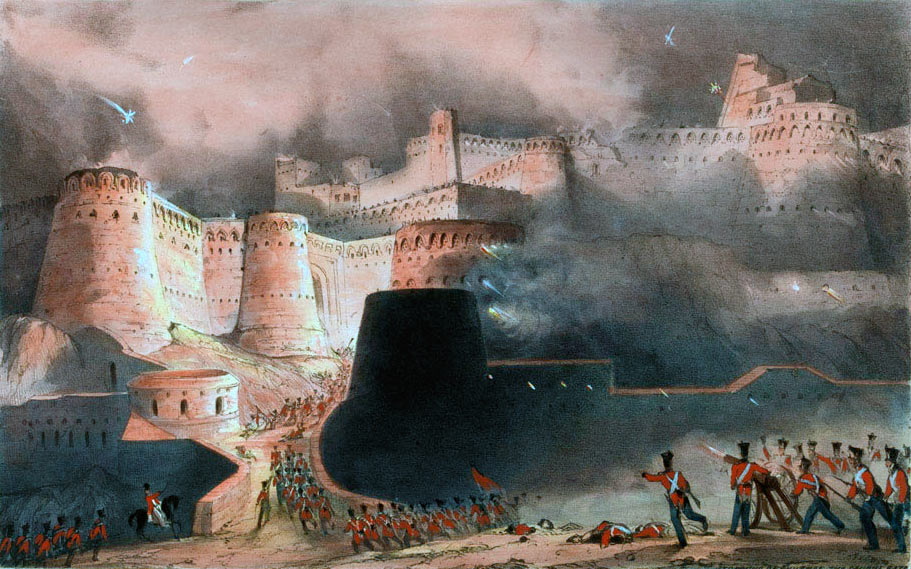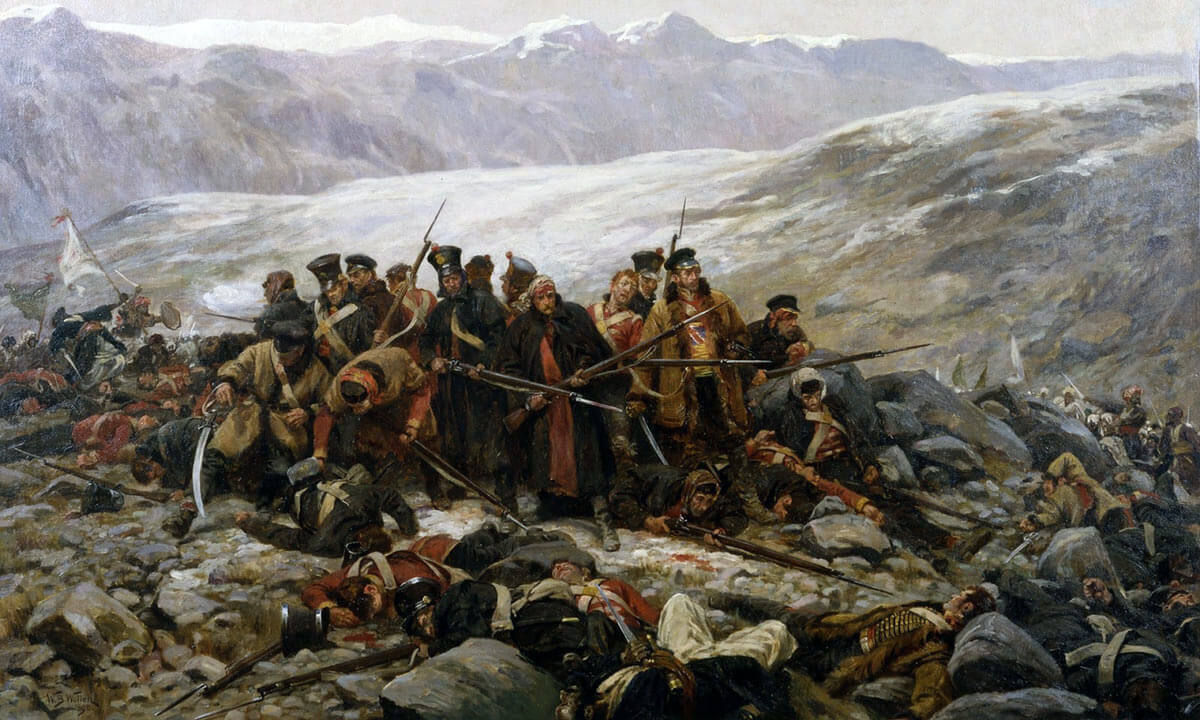WHAT ARE THE EFFECTS OF CLIMATE CHANGE?
The Wilmington community, they are mostly low income, so the heat waves are very detrimental because they cannot afford air-conditioning. And because they are still close to the refineries and to oil extraction, they have to shut their windows.
Alicia Rivera, Community organizer and Climate activist, USA
The effects of climate change are already being felt now, but they will get worse. Global warming has reached approximately 1°C above pre-industrial levels. Every half degree (or even less) of global warming counts.
It is important to remember that no one list of the effects of climate change can be exhaustive. It is very likely that heatwaves will occur more often and last longer, and that extreme precipitation events will become more intense and frequent in many regions. The oceans will continue to warm and acidify, and global mean sea level will continue to rise. All of this will have, and is already starting to have, a devastating impact on human life.
The urgent need to address climate change has become even clearer with the release of a major report in October 2018 by the world’s leading scientific body for the assessment of climate change, the Intergovernmental Panel on Climate Change (IPCC). The IPCC warns that in order to avoid catastrophic global warming, we must not reach 1.5°C above pre-industrial levels – or at very minimum not exceed that. The report sets out the massive differences between the 1.5°C and 2°C scenarios.
In another report published in August 2021, the IPCC confirmed that unless there are immediate, rapid and large-scale reductions in greenhouse gas emissions, limiting warming to close to 1.5°C or even 2°C above pre-industrial levels will be beyond reach.
However, there is still time to limit climate change. In the 2021 report, the IPCC said strong and sustained reductions in emissions of carbon dioxide and other greenhouses gases could quickly improve air quality, and in 20 to 30 years global temperatures could stabilize. Our governments must therefore take immediate steps right now to change course. The longer we take to do this, the more we will have to rely on costly technologies that could have harmful impacts on human rights.
UN Secretary-General Antonio Guterres said the report was nothing less than a code red for humanity: “The alarm bells are deafening, and the evidence is irrefutable”. He called on all nations, especially the G20 economies, to join the net zero emissions coalition, and reinforce their promises on slowing and down and reversing global warming with credible concrete steps. “Inclusive and green economies, prosperity, cleaner air and better health are possible for all, if we respond to this crisis with solidarity and courage”, he said.










